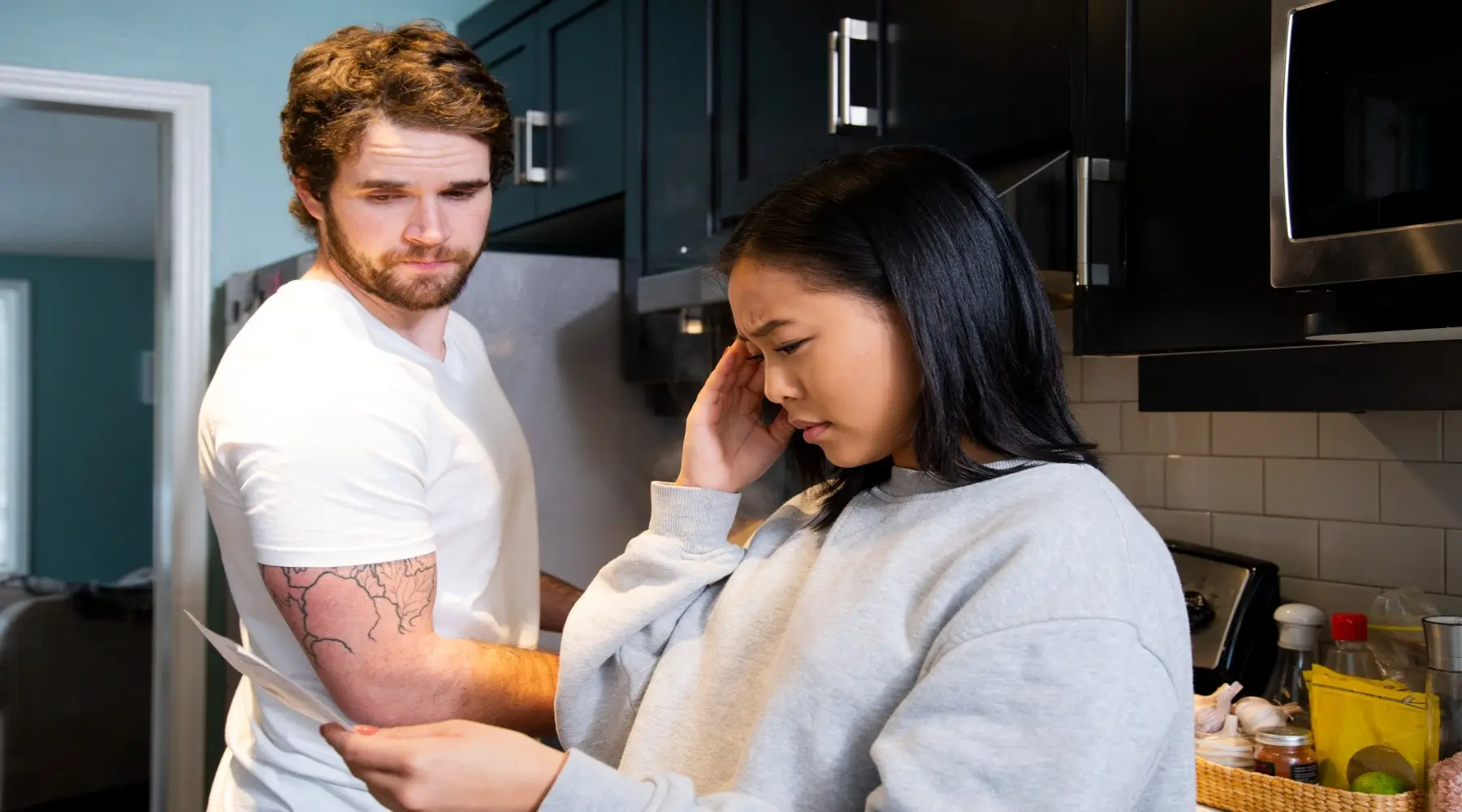Finder’s Consumer Sentiment Tracker: Aussie savings hit lowest level since March 2020

As millions of Australians face uncertainty about extended lockdowns and restrictions, savings levels have dropped to their lowest point since March 2020, according to new research by Finder.
Finder's Consumer Sentiment Tracker (CST) is the largest chronological consumer survey in Australia, with over 26,400 respondents over the course of 2 years.
Each quarter, Finder analyses its most recent data to uncover the trends underpinning the financial, mental and physical health of Australian households.
In this report, we break down the most interesting results – and ask a select sample of 13 leading economists from Finder's RBA Cash Rate Survey to weigh in on the results.
Cash savings see a dip
While many Australians started saving more money during the pandemic last year, average monthly cash savings have declined through the June quarter.
Average monthly savings chart

After peaking at $953 in February, the figure remained around $800–$900, before hitting $703 in June, its lowest level since March 2020.
Graham Cooke, head of consumer research at Finder, said the trend could be indicative of increased consumer confidence following last year's recession, leading to increased spending.
"It's also possible the housing market boom has led more Australians to take on mortgages, leaving less money available for savings.
"However, this is a slightly disappointing result – I would have liked to see the increasing savings trend stick.
"This pandemic has demonstrated more than anything the necessity of having a financial safety net," said Cooke.
Out of the 10 economists surveyed, 8 believe the downward trend in savings will continue.
Aussie workers not hopeful for a pay rise
The percentage of Australians expecting a pay rise has once again dropped after its significant recovery earlier this year.
Pay rise probability chart

After peaking in April where those expecting a pay rise hit 56%, the index has since dropped, reaching 42% in June.
The Wage Price Index increased by 0.6% between December 2020 and March 2021, equivalent to a 1.5% year-on-year increase.
Cooke said the drop in pay rise expectation is beaten only by the drop between March and April 2020.
"While the first drop was caused by widespread lockdowns and economic uncertainty, the reason behind this recent dip is unclear, as it happened just before the most recent COVID-19 outbreak.
"Some economists have the opposite view."
David Robertson of Bendigo Bank said that tighter labour markets should help in driving wages growth up to 2% and hopefully higher through 2022.
Tony Makin of Griffith University concurred, saying the shortage of staff in industries previously reliant on foreign students and workers on temporary visas will put upward pressure on wages in sectors such as fruit picking, hospitality and tourism.
However, not all economists agreed.
Dale Gillham of Wealth Within said while there are more jobs being advertised, many areas are having trouble filling positions.
"I do not see any impact job mobility will have [on wages]," Gillham said.
More Australians are struggling with rent and mortgage payments
The number of Australians who say they struggle to pay their rent or mortgage payments is on the rise.
Rent or home loan stress chart

After hitting a low of 23% in July 2020, this figure has been rising and peaked at 33% in May before settling at 31% in June.
Cooke said it will be interesting to see how the national stress metric behaves in the coming months, with swift lockdowns and somewhat unclear support available across the country.
"Australia's financial stress regarding rent and mortgage payments has previously been going in the opposite direction than one might expect.
"As COVID-19 payments kicked in during initial lockdowns, stress went down.
"This shows that the government payments were effective in relieving some of the financial pressure resulting from the first lockdowns – it remains to be seen what steps will be needed to help during this current one," Cooke said.
Leanne Pilkington of Laing+Simmons said that home loan stress is typically a result of buyers over-extending themselves or an unexpected change of circumstances.
"As long as due diligence is undertaken, buyers can be cautiously optimistic."
However, some economists exhibited concern towards government schemes allowing consumers to purchase a property with as little as 2% deposit.
Shane Oliver of AMP Capital said a 98% loan to value ratio implies a greater risk that the borrower will at some point face debt-servicing problems.
Experts and economists surveyed
- Sveta Angelopoulos, RMIT
- Dale Gillham, Wealth Within
- Julia Newbould, Money magazine
- Cameron Kusher, REA Group
- Leanne Pilkington, Laing+Simmons
- Saul Eslake, Corinna Economic Advisory Pty Ltd
- Tony Makin, Griffith University
- Craig Emerson, Emerson Economics
- Rich Harvey, Propertybuyer
- Shane Oliver, AMP Capital
- David Robertson, Bendigo Bank
- Michael Yardney, Metropole Property Strategists
- Sean Langcake, BIS Oxford Economics
Ask a question
